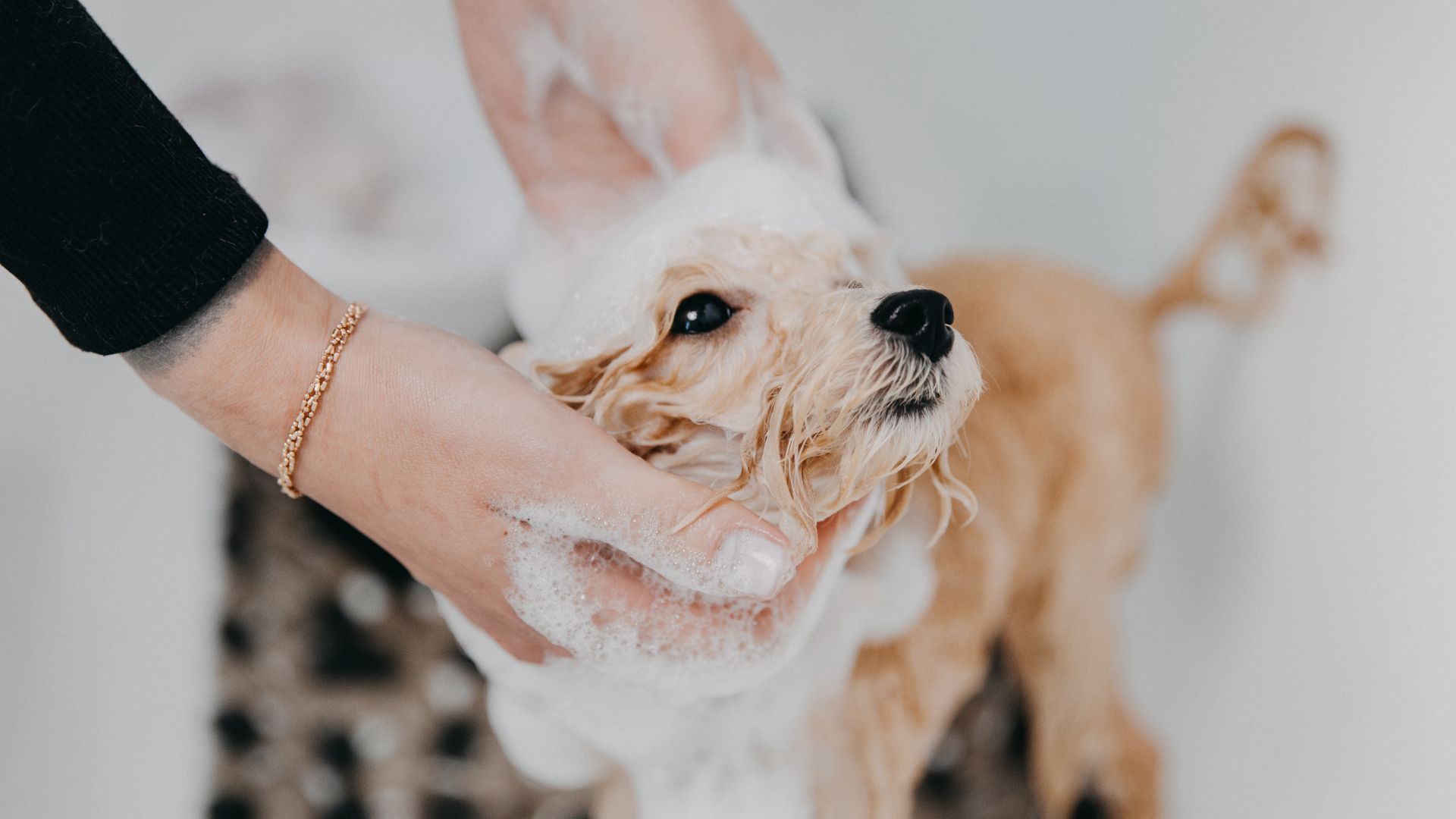13 Tips for Maintaining a Healthy Dog Coat During a Wash
February 21, 2025
A healthy, shiny coat is a sign of a happy and well-cared-for dog. Regular grooming and washing play a crucial role in maintaining your dog’s coat, but it’s important to do it right. Here are 13 tips to ensure your dog’s coat stays healthy and vibrant during a wash.

